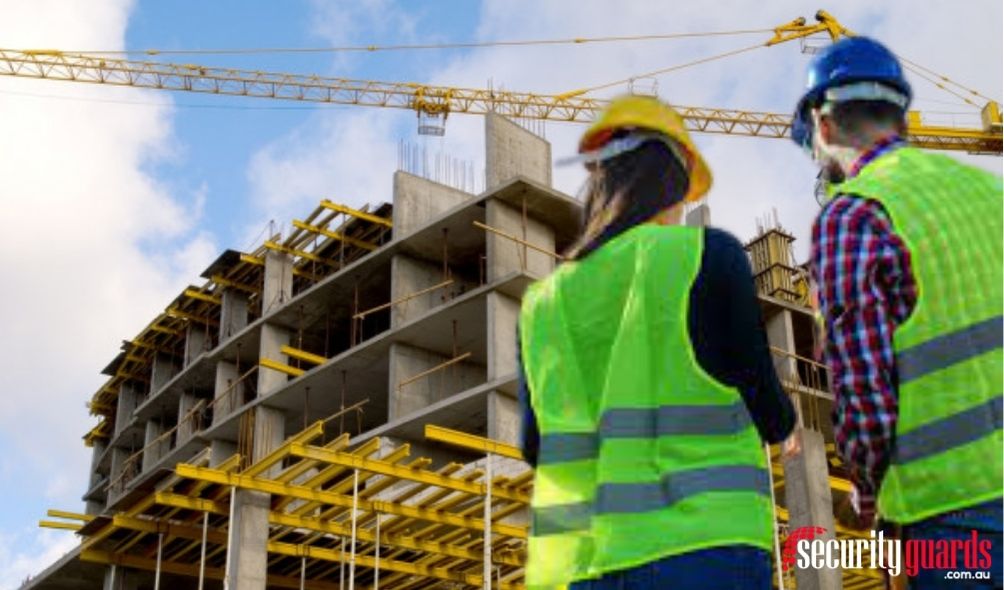Conducting a security risk assessment at your construction site is a crucial task, as these places are a common venue for crimes. Aside from being an integral part of your safety and health management plan, it should be implemented properly and regularly re-assessed to account for changes in the work environment, if there are any. Read on as we talk about the process of conducting a thorough security risk assessment for your construction site.
Step #1: Identify the Security Risks
There are lots of health and safety risks found on construction sites of varying sizes, but we will focus predominantly on the physical security risks that can lead to trespassing, theft, and other crimes. When doing a security risk assessment, you need to first identify the risks currently existing in your construction site. Such risks can vary from one site to another based on a few factors, which include site location, the value of equipment onsite, project type, and the number of workers. Thus, it is important to carefully identify risks that are specifically present on yours, and not merely base them on a generic list.
Examples of construction site risk factors that you should consider can include poor lighting in onsite; not secure perimeters; absence of security technologies in place; unauthorized people gaining access on the site; machinery and tools not safely stored away; plant and vehicles left mobilized after hours; construction site in a high-crime area; workers not property trained in identifying and reporting security problems.
Step #2: Assess and Prioritize Risks
Now that you have identified the security risks in your construction site, you will not evaluate and prioritize them. You can label them as low, medium, or high risk, or rank them from 1 to 5. Whatever method you use, ensure that your priorities are clean and anyone reading your assessment understands the areas in need of safeguarding the most.
In order to get the best out of your risk assessment, you may want to consider consulting with other local bodies, like the council, fire, and police services to help you assess the risks better. You can also get an on-site security survey conducted by a professional security expert to identify all potential risks and assess your site’s overall security needs.
Step #3: Create a Mitigation Plan
After identifying and prioritizing the risks, come up with a site-specific security mitigation plan. This plan should identify the measures to take to control or prevent security risks. For example, if a high risk is identified that shows almost everyone can access the construction site, the mitigation plan should prioritize to include introducing access control measures. This can include hiring manned security guards, investing in access control systems, or performing thorough checks.
A risk mitigation plan should clearly stipulate the person or persons responsible for implementing the security measures and carrying out regular monitoring. Generally, the higher the risk, the more solid the mitigation measures should be.
Step #4: Review and Update
Because of the constantly changing nature of the working environment of a construction site, a security risk assessment should be periodically reviewed and updated. Identified risks during the first phase of the project might not remain as such as the project continues. Consequently, security risks can change at various points throughout the year. For instance, during dark winter months, the lighting in the construction site might need to become a higher priority compared to when it is summer.
A security risk assessment has to be ongoing and should always be updated so it constantly reflects the changes on the project, along with withthe phases, and the external and internal working conditions in the construction site.

